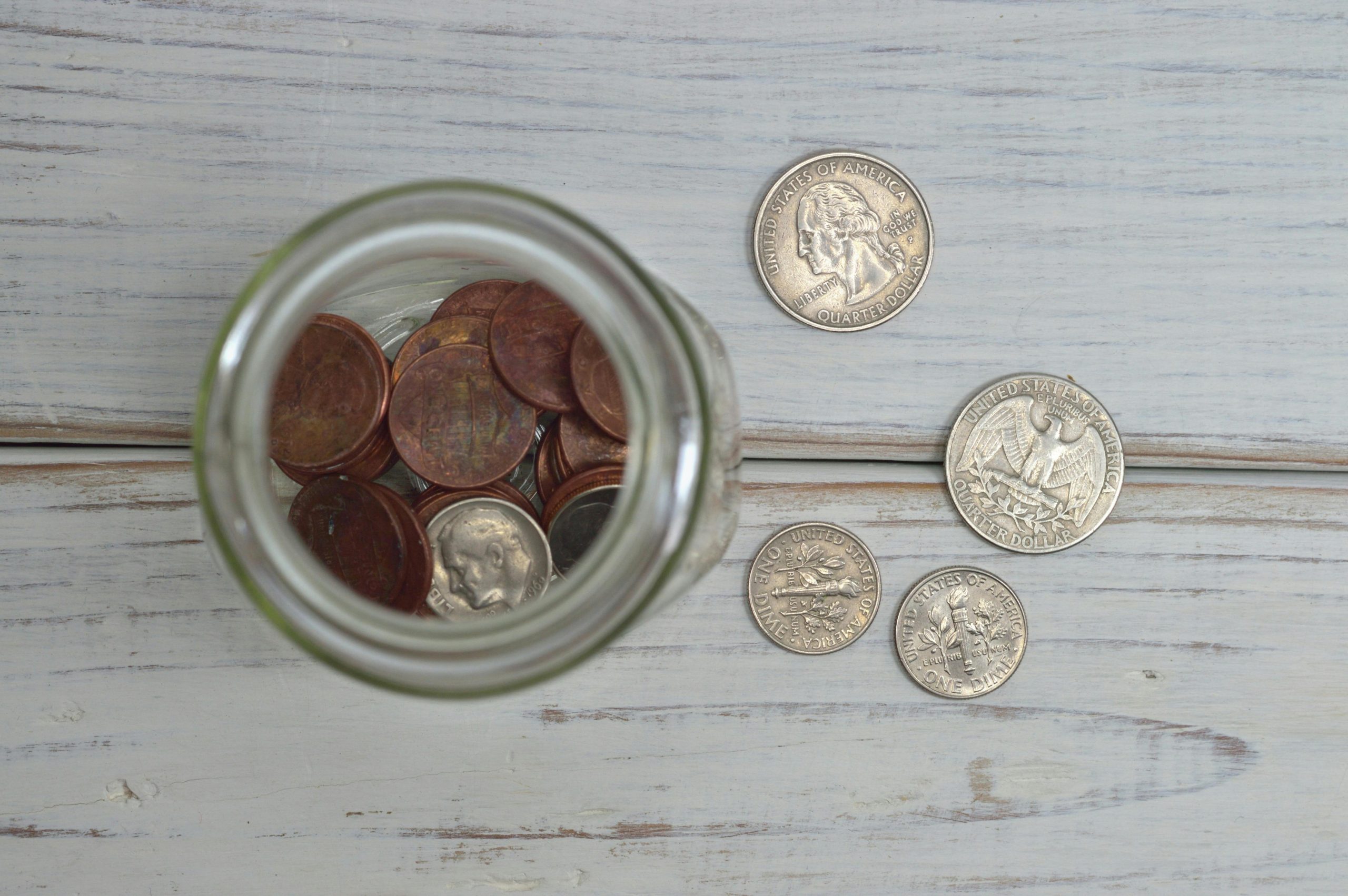
The New 100% Manufacturing Facility Deduction: A Historic Tax Break You Don’t Want to Miss
If you’re planning to expand production, onshore operations, or modernize your facilities, the new 100% deduction for qualified production property

Scrolling social media, you might think every dollar you drop into a tip jar is now tax-free.
Not quite. The One Big Beautiful Bill Act (OBBBA) does create a shiny new deduction for certain cash tips, but it’s narrower (and geekier) than the hashtags suggest. Let’s unpack it in plain English, bust the biggest rumors, and lay out what savvy tippers, gig workers, servers, and salon pros should actually know.
The Basics
The “No Tax on Tips” deduction, established under new Section 224, is a temporary provision that applies to the 2025 through 2028 tax years. During this four-year window, eligible individuals can deduct up to $25,000 per year in qualified tips from their taxable income.
This is a standalone deduction, meaning it directly reduces taxable income rather than adjusted gross income (AGI), and it is not part of itemized deductions. It’s available to both employees and self-employed individuals who work in occupations the IRS classifies as “customarily and regularly tipped” as of December 31, 2024.
Qualifying roles are expected to include familiar industries such as food service, hospitality, personal care, and gig work—think servers, bartenders, rideshare and delivery drivers, hair and nail professionals, and bell staff, among others.
What Counts as a Qualified Tip?
Myth #1: “I’ll stop adding a 20 % service fee and call it a tip—boom, no tax!”
Reality: Nope. A mandatory fee is still a service charge and fully taxable like before. Changing labels won’t fool the Service.
Key Limits & Phase-Outs
The tip deduction begins to phase out as income rises, shrinking by $100 for every $1,000 of modified adjusted gross income (AGI) over $150,000 for single filers or $300,000 for joint filers. Once you pass that threshold, the deduction disappears entirely.
For self-employed individuals and gig workers, there’s an added limitation—the deduction can’t exceed your net profit from that specific gig. For example, if an Uber driver earns $4,000 in net income but receives $10,000 in tips, the maximum deduction is still only $4,000. To qualify, you must also have a valid Social Security number, and if you’re married, you must file jointly to claim the deduction.
What the Deduction Doesn’t Do:
Myth #2: “All tips are now completely untaxed!”
Reality: Only the deduction amount becomes tax-favored, and only within the caps and phase-outs above. The rest of your tips are taxed exactly as before.
New Reporting Rules (and Why They Matter)
Starting with 2025 pay, employers and platforms will be required to break out cash tips and list your occupation on W-2s and 1099s. The IRS plans to publish its official list of qualifying occupations by October 2, 2025—expect to see the usual industries like food service, hospitality, personal care, and rideshare, along with a growing number of gig economy roles. In the meantime, solid record-keeping will be essential. Tip diaries, POS reports, and downloaded 1099-Ks could be the key to preserving deductions if the IRS comes calling.
Who Really Benefits?
Myth #3: “I never reported my cash tips before; I’ll start now and claim the deduction!”
Reality: The write-off equals your reported tips. If you historically under-reported, you may attract unwanted attention by suddenly doubling last year’s numbers.
Action Steps Before 2025 Ends
Bottom Line
The OBBB Act’s “No Tax on Tips” slogan sounds catchier than the fine print—but for millions of honest tippers and tip-earners, it’s still a welcome (even if temporary) tax break. Keep your records clean, understand the caps, and don’t believe every viral post you see. Your tax professional—and the IRS—will thank you.

If you’re planning to expand production, onshore operations, or modernize your facilities, the new 100% deduction for qualified production property

Business owners, get ready: 100% bonus depreciation is back and stronger than ever, joined by a groundbreaking new deduction for
Intuit, QuickBooks, and QuickBooks ProAdvisor are registered trademarks of Intuit Inc. Used with permission under the QuickBooks ProAdvisor Agreement.
© 2024 Willis Bookkeeping Services, LLC. All Rights Reserved
Intuit, QuickBooks, and QuickBooks ProAdvisor are registered trademarks of Intuit Inc. Used with permission under the QuickBooks ProAdvisor Agreement.